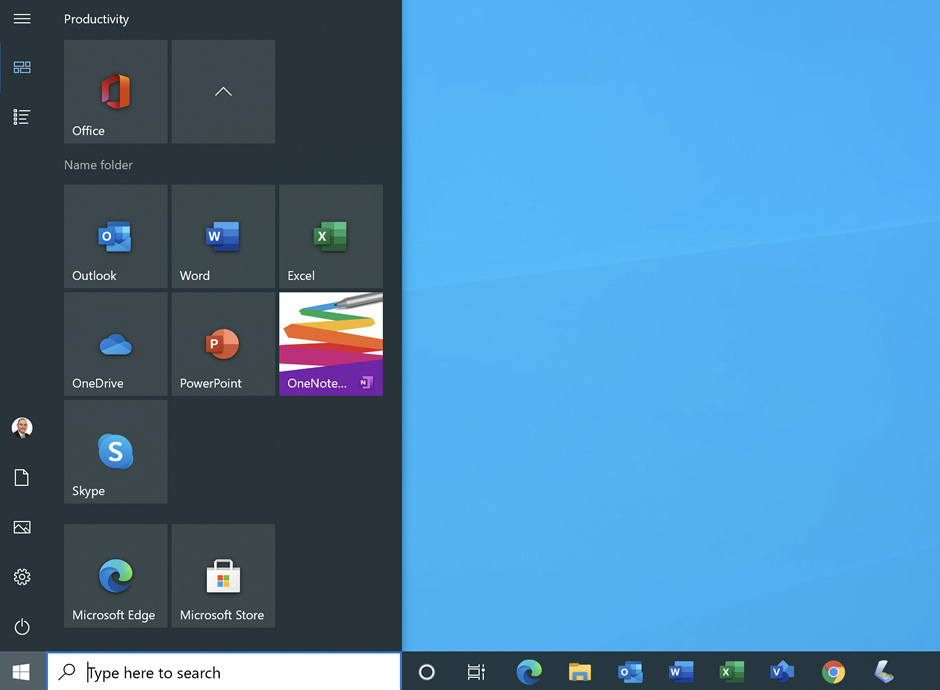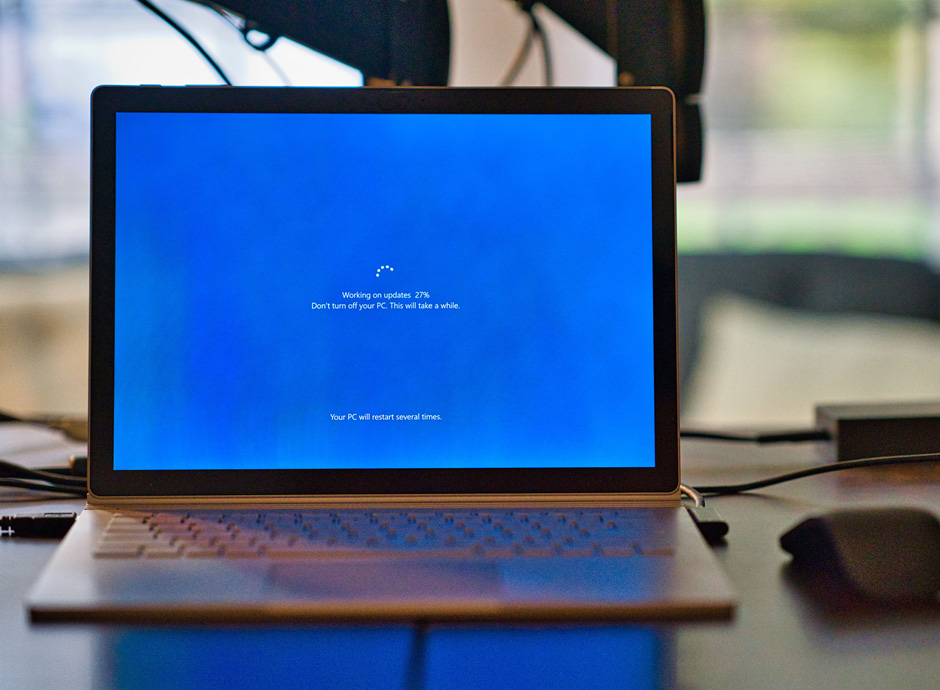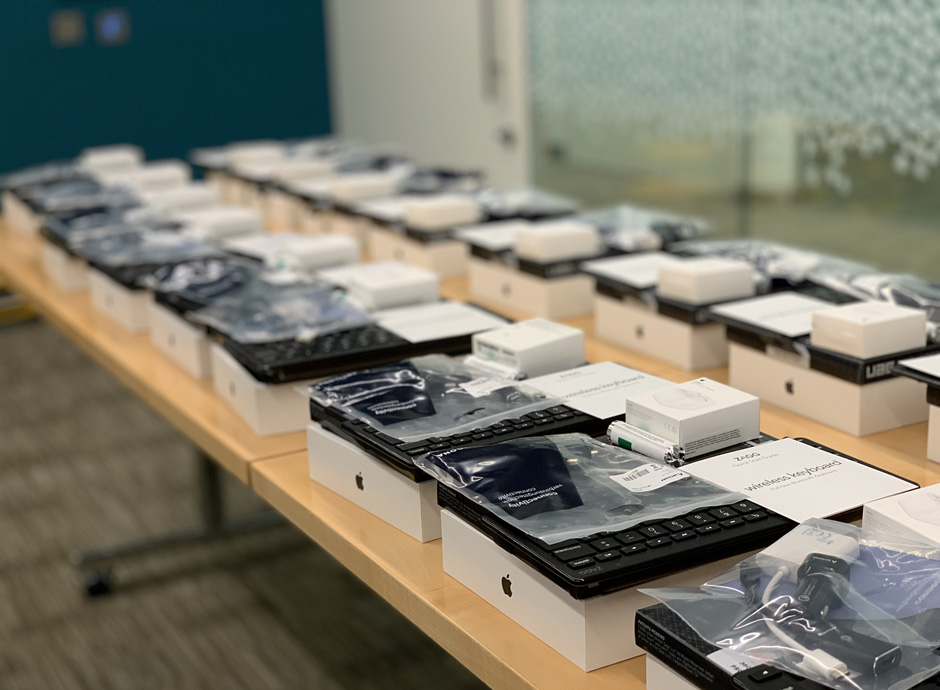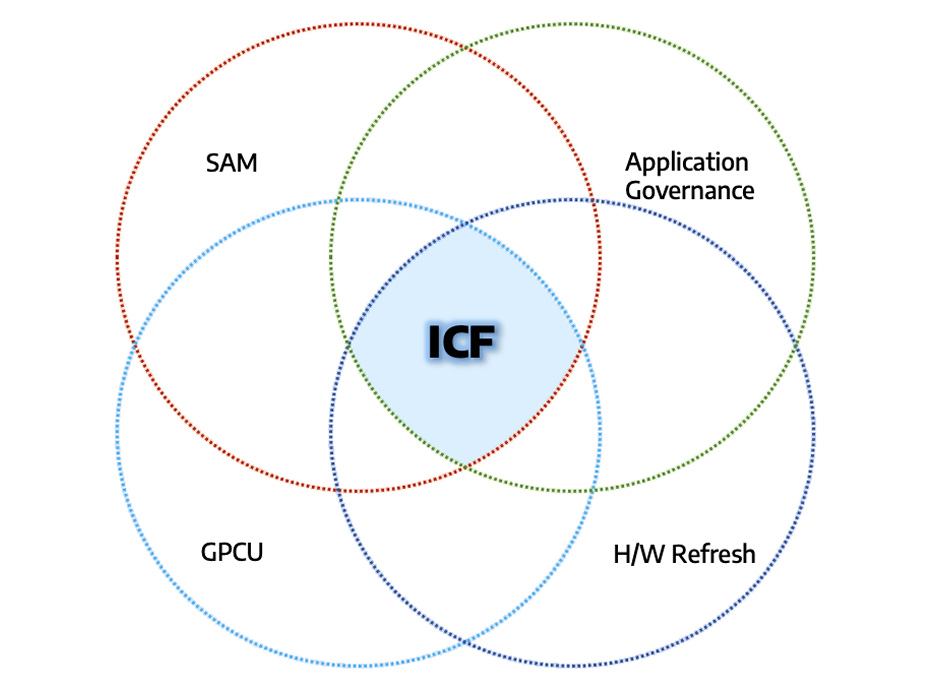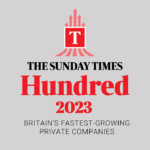Software Asset Management (SAM)
Software Asset Management (SAM) allows organisations to manage their application estate. As a result, you control costs associated with application sprawl within the network. SAM covers areas such as purchasing, assignment, deployment, removal, reclamation of licenses, and usage/trend analysis etc.
Gartner: “An unmanaged PC costs $5,000 per year”
TGG can provide a tool that uncovers all the assets that connect to your enterprise network. More over, we can map each asset to a user and identify areas where you can save money. Due to this, we can identify what is fit for purpose, good value and licensed. We can reduce your risk. We can improve your processes.
TGG would like to hear about your SAM challenges and how we can help.
Get in Touch
